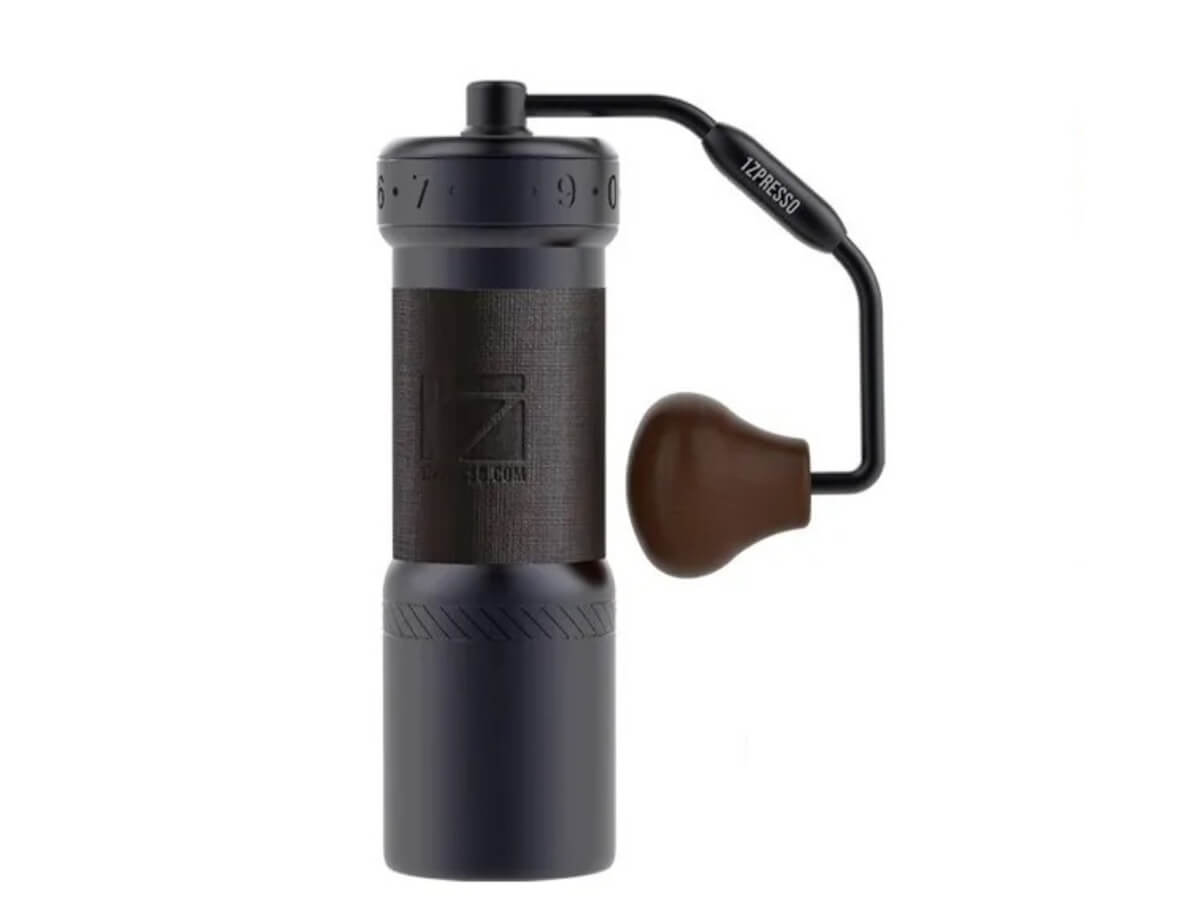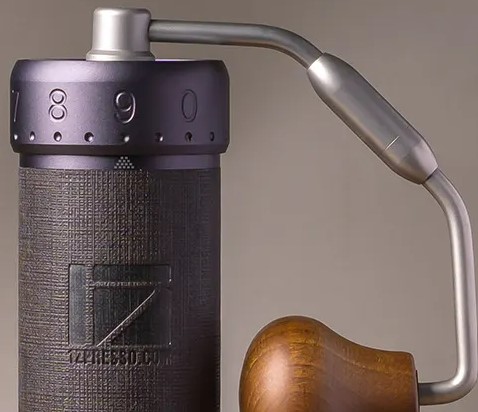Opening Flavor Possible: Satisfy the 1Zpresso J-Ultra Espresso Mill
Opening Flavor Possible: Satisfy the 1Zpresso J-Ultra Espresso Mill
Blog Article
Master the Art of Grinding Coffee Beans: An Overview to Coffee Grinders
For coffee fanatics, the procedure of grinding coffee beans is more than just a routine task; it is an art type that can considerably affect the taste and high quality of the last mixture. Coffee mills play an essential duty in this delicate process, yet grasping their use involves greater than simply pushing a button. Comprehending the nuances of various grinder types, choosing the suitable grind dimension, and utilizing the right strategies are essential steps in the direction of achieving that excellent mug of coffee. The journey in the direction of coming to be a coffee grinding maestro does not finish there. As we explore the details of this craft, we will uncover maintenance keys, repairing suggestions, and much more, all intended at elevating your coffee experience to new elevations.
Types of Coffee Grinders
There are 3 main types of coffee mills commonly made use of by coffee lovers: blade grinders, burr grinders, and hands-on grinders. Blade grinders are one of the most standard kind, using a simple blade to chop the coffee beans. While they are affordable and very easy to use, they frequently lead to unequal coffee premises due to irregular grinding. Burr mills, on the other hand, use even more precision by squashing the beans in between a moving grinding wheel and a non-moving surface area. This causes an uniform grind size, which is vital for a consistent coffee flavor. Burr grinders can be found in both level and conical forms, each offering a little various grinding qualities.
Manual grinders, as the name suggests, call for hands-on effort to grind the coffee beans. They are frequently liked by those who appreciate the process of hand brewing coffee or for those who value transportability. Hand-operated mills can differ in design, from simple handheld models to extra intricate countertop versions. While they might require more initiative, hand-operated mills use control over the grinding procedure, allowing customers to readjust the grind size to their preference. Each kind of coffee mill has its benefits and ideal use cases, satisfying the diverse preferences of coffee fanatics.

Selecting the Right Work Size
With an understanding of the different sorts of coffee grinders, the next crucial action in achieving the best mug of coffee is choosing the right grind dimension. The grind dimension plays a significant duty in establishing the flavor account of your coffee (1Zpresso J-Max). Various brewing approaches need particular work dimensions to optimize the extraction of flavors from the coffee premises
For a coarse grind, perfect for French press and cold mixture methods, the coffee beans should resemble breadcrumbs, providing a robust and bold taste. Medium-coarse grinds, suitable for Chemex or Clever Dripper, have an appearance similar to crude sand, supplying a well balanced taste.
Tool grinds, often utilized in drip coffee makers, have an uniformity resembling normal sand, resulting in an all-round taste. Great grinds, best for espresso devices, are comparable to table salt, generating a rich and intense preference. Lastly, extra-fine grinds, used in Turkish coffee, are as fine as powdered sugar and produce a strong and potent mixture.
Grinding Methods for Optimum Flavor
To extract the max capacity of taste from your coffee beans, understanding correct grinding strategies is essential. Uniformity is essential when it pertains to grinding coffee beans for optimal flavor. Ensuring that the coffee beans are ground uniformly is critical to attain a well balanced extraction throughout the brewing process. Among the essential methods for enhancing taste is to adjust the work size based on the developing technique being made use of. A fine grind is excellent for espresso equipments, while a rugged grind is more appropriate for French press developing. Additionally, the grinding read this article time plays a considerable function in flavor removal. Over-grinding can cause a bitter preference, while under-grinding may cause a sour taste. It is recommended to explore different work sizes and brewing times to locate the ideal balance that suits your preference choices. By taking note of these grinding techniques, you can boost the flavor profile of your coffee and take pleasure in an extra enjoyable cup every single time.
Maintenance and Cleaning Tips

Along with normal cleansing, it is important to check your mill for any signs of wear or damages. Inspect the blades, burrs, and other parts for any type of monotony or malfunctions. Replace any damaged parts quickly to keep the top quality of your coffee work. Lastly, store your grinder in a dry and clean setting to avoid any kind of wetness or dirt from impacting its performance. By complying with these upkeep and cleansing pointers, you can make sure that your coffee mill remains to deliver tasty fresh ground coffee for many years ahead.
Troubleshooting Common Grinder Issues


Ensuring your coffee grinder functions efficiently needs skilled troubleshooting of typical concerns that may emerge during its use. One usual trouble with coffee mills is inconsistent grind size. This issue can take place because of dull blades, improper calibration, or irregular Homepage coffee beans. To address this, ensure your mill's blades are sharp and properly lined up, adjust the grinder according to the preferred grind size, and drink the grinder carefully while in usage to aid accomplish an extra uniform work.
This can happen when oils from the coffee beans develop up and obstruct the mill's chute. To solve this, dismantle the grinder and clean all parts extensively, paying unique focus to the chute and burrs.
Last but not least, if your mill is producing extreme sound throughout operation, it might indicate a problem with the motor or internal elements. In such situations, it is a good idea to speak with the maker's instructions for repairing steps or seek professional help to diagnose and fix the concern immediately.
Verdict
To conclude, mastering the art of grinding coffee beans entails recognizing the various sorts of coffee mills, picking the right grind dimension, making use of correct grinding techniques for optimal flavor, and preserving and cleaning the mill consistently. By adhering to these standards and fixing usual mill problems, coffee fanatics can elevate their coffee brewing experience and take pleasure in a delicious mug of coffee each time.
Report this page